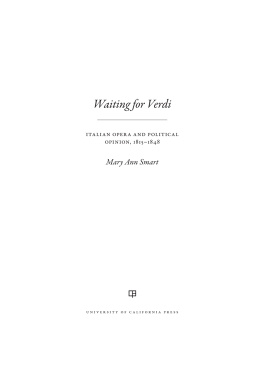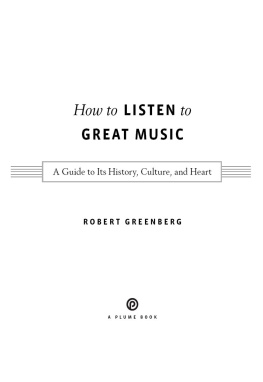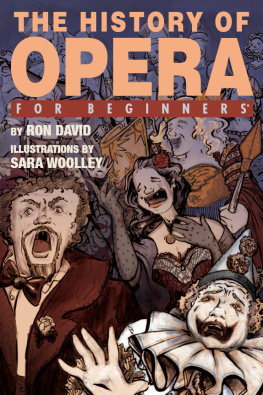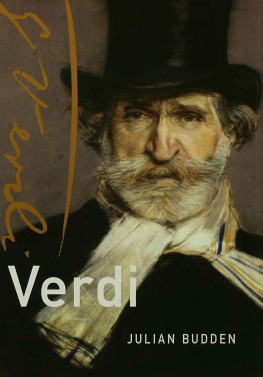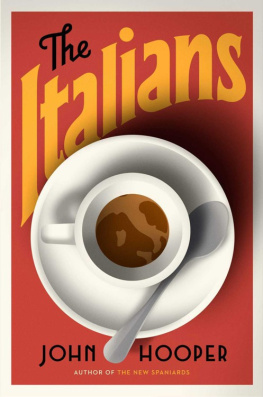4a.
4b.
ACKNOWLEDGMENTS
I began thinking about some of the personalities, issues, and events at the center of Waiting for Verdi during a sabbatical year spent in Bologna, the same year my daughter Clara was born in that citys welcoming Villa Erbosa. That has meant that almost every page of this book bears some mark of a memorable experience, and many of its ideas were first sketched during satisfying (and often also challenging) family sojourns, that year in Bologna, and later on summer research trips to Naples and Genoa, on the trail of Rossini and Donizetti, and of Giovanni and Agostino Ruffini. During those times in Italy, I benefited hugely from conversations and meals with friends old and new. Susan Rutherford shared coffee and conversation and her vast knowledge of the nineteenth-century press. Scrolling through microfilms became a pleasure when she was sitting at the next machine. Fabrizio della Seta saw something in this project at an early stage and invited me to teach his wonderful students at the Facolt di musica in Cremona (University of Pavia), where many of these ideas were tried out for the first time. Anselm Gerhard attended some of those meetings and offered more brilliant ideas than I was able to incorporate in these pages. I am grateful to Carlotta Sorba for her boundless hospitality, and for the intellectual openness that made her eager to spend time talking through our views of opera and politics. I hope these pages show that we agree far more than not. Marco Capra shared his incomparable knowledge of the nineteenth-century press and introduced me to the wonderful collection of the Centro internazionali di ricerca sui periodici musicale (CIRPeM). Always and everywhere, Emanuele Senici has been a dear friend, an encouraging and exigent reader, and an inspiring example. His own publications have been points of reference throughout, reminding me of the pleasures and insights that flow from that magical combination of engagement with historical sources and imaginative, informed speculation.
While those brief and intense periods of living in Italy may have given these pages a special texture, Berkeley is home, and this book would not exist without the precious influence of my brilliant and generous colleagues and students at Berkeley. For several years I had the privilege of occupying the office next door to Katherine Bergeron, whose intense and original engagement with documents and other traces of the past shaped the way I approached this project. The late Wendy Allanbrook sometimes seemed to understand better what I was writing than I did myself. I continue to ponder some of the questions she asked about early drafts of these chapters, and I have not stopped missing her presence among us. Richard Taruskins indelible injunction to write the history of what works have meant, rather than what they mean, has been energizing, if occasionally paralyzing. At many Friday night dinners and, more recently, on walks at Point Isabel, we have exchanged ideas about articles weve read and talks weve heard. Those energetic conversations about the state of our field have left many traces in these pages.
Berkeley has also been a place for enjoyable and mind-expanding collaborations on writing and teaching. I would not have enjoyed work on the last stages of the book half as much without the friendship of Nicholas Mathew, always ready with a new idea for an event, a considered opinion on something he has read or heard, discerning comments on chapter drafts, and a clear vision of the ethical stakes of writing about music, history, and politics. I learned much from teaching with Hannah Ginsborg, and her kind and persistent interest in the progress of the manuscript is the reason that it was completed when it was. I first encountered many of the texts central to chapters 1 and 2 during a graduate seminar cotaught with Albert Ascoli, and our conversations about writing and about literature have continued to energize and inform my work. The chance to share ideas and exchange work with James Davies has, several times over, changed the way I think and write about music; I would be pleased if even a little of his passion, and his tireless quest for ideas about music that are new and true and not trivial, had rubbed off on me. I am also grateful to Bonnie Wade for her steadfast support, consistently good advice, and for her example as a productive, inventive, and endlessly curious scholar and writer. I have derived a deep pleasure from my work with the editorial board of Representations over the past several years; the book would be much less were it not for the valuable comments and ideas of several board members who read an early version of chapter 6. I also gained much in motivation and in substance from the writing group convened by Deirdre Loughridge, and Deirdres own discerning readings contributed enormously to the clarity of the first few chapters.
I have been fortunate to teach and make friends with many remarkable graduate students at Berkeley, and there is not a page in this book that does not bear the mark of conversations with them. I cannot adequately mark the contributions to my thinking made by former and current students. Melina Esse, Adeline Mueller, Laura Protano-Biggs, Emily Richmond-Pollock, Arman Schwartz, and Benjamin Walton may have begun as Berkeley graduate students, but they quickly became valued colleagues whose own work and reactions to mine have sustained and defined this project in enjoyable and mind-expanding ways. Melanie Gudesblatt, Edward Jacobson, and Alessandra Jones all read parts of the manuscript and offered valuable feedback.

